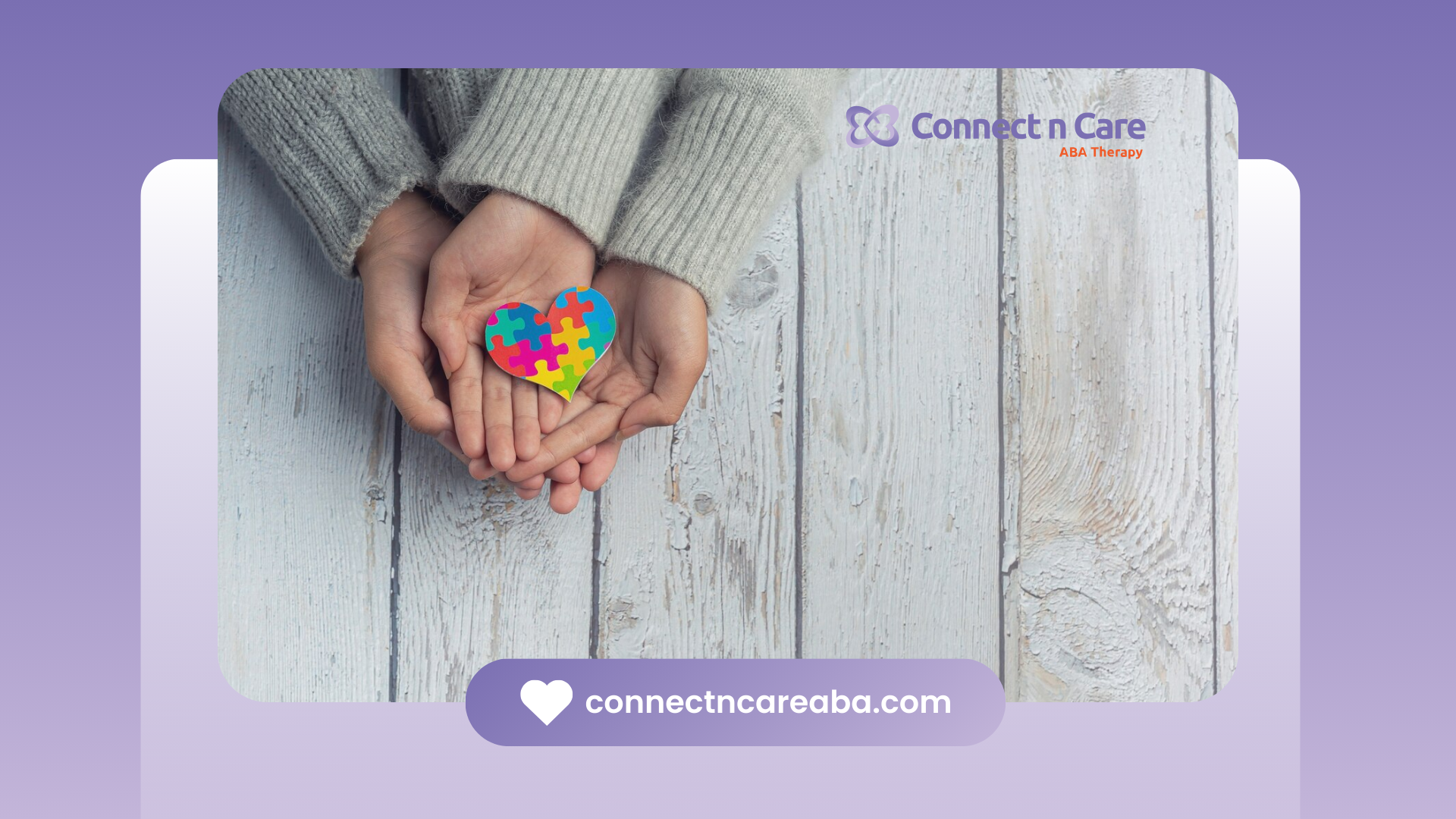Understanding Autism Spectrum
Definition of Spectrum
Autism Spectrum Disorder (ASD) is a developmental disability that can lead to significant challenges in social interaction, communication, and behavior. The term "spectrum" is used to describe the wide range of symptoms and severity that individuals with autism may experience. Each person on the spectrum is unique; they may possess varying abilities and challenges.
| Estimated Prevalence | Children | Adults |
|---|---|---|
| 1 in 36 | 1 in 45 |
The variability in symptoms means that not everyone with autism will display all the behaviors typical of the disorder. Some may excel in specific areas while facing challenges in others.
Impact on Communication
Communication challenges are a core aspect of Autism Spectrum Disorder. Individuals with ASD may struggle with both verbal and nonverbal communication, which can impact their ability to interact with others effectively. Symptoms can range from being nonverbal to having advanced language skills but difficulty in using language socially.
Common communication challenges may include:
- Difficulty understanding social cues
- Trouble initiating or maintaining conversations
- Limited use of gestures or facial expressions
- Repetitive use of phrases or scripts
Understanding these challenges is crucial for parents, caregivers, and educators to provide appropriate support and assistance. With the right tools and interventions, many individuals on the spectrum can learn to improve their communication skills and foster better social interactions.
Characteristics of Autism Spectrum
Individuals on the autism spectrum may exhibit a range of traits that differentiate their experiences and behaviors from neurotypical individuals. These characteristics can significantly impact their daily lives and interactions with others.
Social Challenges
Social communication and interaction skills can be particularly challenging for those with Autism Spectrum Disorder (ASD). They may struggle with understanding social cues, maintaining conversations, and building relationships. This difficulty can lead to feelings of isolation and misunderstanding in social settings.
| Social Challenges | Description |
|---|---|
| Limited Eye Contact | Difficulty in maintaining eye contact during conversations. |
| Difficulty Understanding Non-Verbal Cues | Struggle to read body language and facial expressions. |
| Challenges with Conversations | Trouble initiating or sustaining discussions. |
| Misunderstanding Social Norms | Difficulty in grasping unwritten social rules. |
These social challenges can make the neurotypical world feel overwhelming and chaotic, with additional difficulties in managing personal space, coping with loud environments, and responding to unpredictable social situations.
Repetitive Behaviors
Individuals with ASD often display repetitive behaviors or interests that may seem unusual to others. Such behaviors can include echolalia (the repetition of phrases or words), stereotypic movements (repetitive actions), or even self-injurious behaviors. These actions may serve as coping mechanisms to manage anxiety and discomfort.
| Repetitive Behaviors | Description |
|---|---|
| Echolalia | Repeating words or phrases heard from others or media. |
| Stereotypic Movements | Engaging in repetitive actions, such as rocking or hand-flapping. |
| Routines | Preference for a strict schedule and resistance to changes. |
These behaviors are distinctive features of ASD and contribute to its diagnosis, as they differentiate autism from other conditions that solely focus on issues of social communication and interaction.
Unusual Interests
Individuals on the spectrum may have specific, intense interests that set them apart. These interests can be deeply focused and may not align with typical childhood preferences. Such unusual interests can range from topics like trains or dinosaurs to complex systems like weather patterns or coding.
| Unusual Interests | Description |
|---|---|
| Intense Focus | Deep engagement in specific topics or activities for extended periods. |
| Unconventional Subjects | Interest in areas that may seem atypical for their age group. |
| Knowledge Accumulation | Ability to memorize and recall intricate details about their interests. |
These distinctive characteristics contribute to a deeper understanding of what it means to be on the spectrum. Each person’s experience is unique, reflecting a diverse array of behaviors and preferences.
Diagnosis and Importance
Early Signs
Identifying early signs of autism can play a crucial role in understanding what being on the spectrum means. Autism Spectrum Disorder (ASD) typically manifests in early childhood, and some children may show symptoms within their first year. Others may develop normally initially but regress between 18 and 24 months of age. Key early signs of ASD may include:
| Age Range | Possible Early Signs |
|---|---|
| 0-6 Months | Limited eye contact, lack of social smiling |
| 6-12 Months | No babbling, lack of gestures (pointing or waving) |
| 12-24 Months | Delayed speech development, lack of responding to name |
| 24 Months+ | Difficulty with social interactions, unusual or repetitive behaviors |
Social communication and interaction skills can be challenging for people with ASD. Characteristics related to social communication often include restricted or repetitive behaviors or interests.
Diagnostic Process
Diagnosing ASD typically involves a comprehensive assessment of the individual's behavior and development. Health providers often assess a child's behaviors, and ASD can usually be reliably diagnosed by age 2. Therefore, seeking a prompt evaluation is crucial (NIMH). The diagnostic process may include:
Developmental Screening: Regular check-ups may include developmental screening to identify potential delays.- Comprehensive Evaluation: If concerns arise, a thorough evaluation by specialists, such as pediatricians or psychologists, is conducted.
- Use of Diagnostic Tools: Tools like the Cognoa ASD Diagnosis Aid, which uses machine learning-based software, may be employed to help evaluate and identify any developmental issues.
Early diagnosis and intervention are essential, as they facilitate skill development and support for individuals on the autism spectrum. The sooner a child is diagnosed, the sooner treatments and services can be initiated. Individuals with ASD may exhibit a wide range of symptoms, from severe mental disabilities to high intelligence and independence.
Causes and Related Factors
Understanding the causes and related factors of Autism Spectrum Disorder (ASD) is essential for gaining insight into what it means to be on the spectrum. The origins of ASD are complex and influenced by various components.
Genetic and Environmental Influences
Research indicates that autism spectrum disorder has no single known cause. Instead, both genetic and environmental factors appear to contribute to its development. According to studies, a person's genes may interact with environmental elements, affecting development in ways that can lead to ASD.
Several factors have been associated with an increased likelihood of developing ASD, including:
| Factor | Description |
|---|---|
| Family History | A family history of autism increases the chance of diagnosis. |
| Genetic Mutations | Certain gene changes have been linked to ASD. |
| Prenatal Factors | Exposure to certain medications or chemicals during pregnancy may increase risk. |
| Birth Complications | Low birth weight and lack of oxygen during birth are associated with higher risk. |
Although there is ongoing research, there is no definitive conclusion on the primary causes of ASD.
Vaccines and Autism
The question of whether vaccines play a role in the development of autism has been a topic of controversy. However, substantial research has not shown any reliable link between vaccines and the onset of autism spectrum disorder. Studies conducted over the years have consistently reaffirmed that vaccines do not increase the risk of developing ASD.
Public health officials encourage vaccination as a critical aspect of healthcare, dispelling misinformation about its effects on autism.
Types and Severity Levels
Understanding the different types and severity levels of Autism Spectrum Disorder (ASD) is essential when exploring what it means to be on the spectrum. The diversity in presentation can significantly influence the experiences of individuals with ASD and the support they may require.
Different Types of ASD
Autism Spectrum Disorder encompasses a variety of conditions. These include:
| Type of ASD | Description |
|---|---|
| Autism | Classic form of ASD, characterized by significant challenges in communication and social interactions. |
| Asperger's Syndrome | Generally considered to be at the mild end of the spectrum, individuals show fewer delays in language development. |
| Childhood Disintegrative Disorder | Rare; involves a significant regression in skills after a period of normal development. |
| Unspecified Pervasive Developmental Disorder | A diagnosis used when individuals display some symptoms of ASD but do not meet the specific criteria for a defined type. |
Individuals with ASD may have varying cognitive abilities, ranging from lower-than-normal intelligence to normal or even high intelligence.
Level of Support Needed
The level of support required by individuals with ASD varies widely based on the severity of their impairments and their impact on functioning. ASD is generally categorized into three levels:
| Level | Description | Support Needs |
|---|---|---|
| Level 1 | Requires support; individuals may have challenges in initiating social interactions and organization. | May need assistance with social skills and daily living tasks. |
| Level 2 | Requires substantial support; individuals have more pronounced social and communication challenges and may engage in repetitive behaviors. | Significant help is needed in various daily activities and social settings. |
| Level 3 | Requires very substantial support; individuals often exhibit severe impairments in communication and engage in extreme repetitive behaviors. | Daily life requires constant support for communication and behavioral management. |
Autism is a lifelong condition, and each person possesses a unique set of abilities and challenges. While some individuals may communicate verbally and live independently, others may require assistance throughout their lives. Understanding these varying degrees of support helps parents and caregivers to better support and advocate for their children on the spectrum.
Treatment and Support Options
Understanding the various treatment and support options available is crucial for families navigating the autism spectrum. These options include early intervention and lifelong management strategies designed to aid in development and ensure a supportive environment.
Early Intervention
Early diagnosis and intervention can significantly impact the development of children diagnosed with autism spectrum disorder (ASD). Research indicates that early intervention during preschool years can help in developing critical social, communication, functional, and behavioral skills. Generally, symptoms of autism appear within the first two years of life, making early observation essential.
The early intervention process may include:
| Intervention Type | Description |
|---|---|
| Behavioral Therapy | Techniques like Applied Behavior Analysis (ABA) to improve specific skills |
| Speech Therapy | Assistance in developing communication skills |
| Occupational Therapy | Support for daily living skills and sensory integration |
| Social Skills Training | Help in understanding social cues and improving peer interactions |
Parents, caregivers, and professionals work closely to create a tailored plan based on the child’s needs, which is essential for maximizing potential and enhancing quality of life.
Lifelong Management
Lifelong management of autism spectrum disorder focuses on providing ongoing support as individuals grow and develop. While there is no cure for ASD, treatment aims to reduce symptoms and promote learning. Support may vary widely depending on the severity of the disorder, the range of cognitive abilities, and the unique challenges faced by each individual.
Management strategies may include:
| Management Type | Description |
|---|---|
| Educational Support | Special education services and inclusive classrooms to meet learning needs |
| Vocational Training | Career counseling and skills training for job readiness |
| Family Support | Resources and groups to assist families in understanding and coping with autism |
| Therapeutic Services | Ongoing access to therapies such as behavioral, speech, and occupational therapy |
Developing and adjusting management plans over time helps address changing needs while fostering optimal growth and independence. Understanding what it means to be on the spectrum and applying these treatment and support options can empower individuals and families throughout their journeys.
Conclusion
Understanding the complexities of autism spectrum disorder (ASD) is essential for providing appropriate support and accommodations. By recognizing the diverse range of experiences and challenges faced by individuals on the spectrum, we can foster a more inclusive and accepting society. Remember, every person with ASD is unique, and it's important to approach them with empathy, understanding, and respect.
Are you seeking a deeper understanding of autism spectrum disorder and how to support your child's unique needs?
Connect n Care ABA offers comprehensive autism therapy services tailored to individualized needs. Our experienced therapists provide personalized guidance, support, and evidence-based interventions to help your child reach their full potential.
With Connect n Care ABA, you can feel confident that your child is receiving the best possible care in a supportive and nurturing environment.
Contact us today to schedule a consultation and learn more about our autism therapy services.









